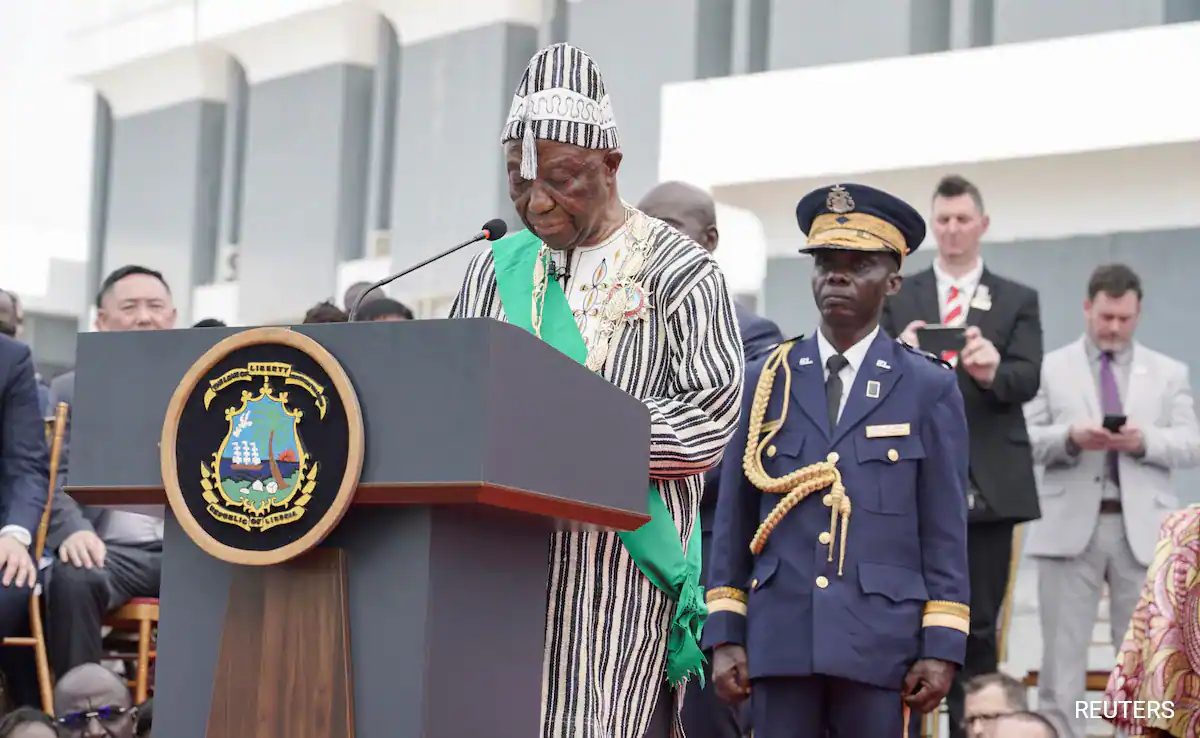Are you among those event planners who are ignorant about what event planning metrics are all about or have probably been focusing on the wrong event planning metrics for your event? Congratulations! You are about to discover what will elevate your performance in the industry and help you serve your clients better with great understanding.
This piece will explicitly explore what event metrics are all about, their various types and the seven best event metrics you need to consider in the different stages of event production processes. It will also highlight the specific importance of the event planning metrics you have decided on.
Let’s begin by defining what an event planning metric is, especially for an event manager
Table of Contents
What are event planning metrics?
Event planning metrics are the statistical measurements and gathering of data to evaluate the effectiveness, significance, and accomplishment of an event. They can also be referred to as information that is deliberately gathered to help us know if the event objectives are met or not.
There are two types of event planning metrics that exist: vanity metrics, which offer superficial performance insight, and actionable metrics, which provide practical information for informed decision-making in event management by connecting actions to measurable results.
However, actionable metrics will need to be obtained from the three event management segments or sequences: pre-event metrics, real-time (event day) metrics and post-event metrics.
Pre-Event Metrics
1. Audience engagement in Pre-event promotion
For event planners who are involved in pre-event marketing or promotion using modern tools such as event apps, social media, etc., it is important to measure audience engagement to gauge the effectiveness of your promotion efforts and to justify the resources that have been spent so far if they equate to the result. It helps to tell if the strategy involved is yielding the desired result and if you need to change strategy.
The Platforms provide analytical tools for analyzing audience engagement with promotional content, providing insights into guest numbers, interactions, and timing.
2. Website Traffic and Registration Rates
This is one event metric that many event managers have ignored in Nigeria, the reason being that most events are never linked to a website, a landing page, a web page or an app from which guests can get detailed information about their events. By providing FAQs about the event, you can deal timely with major questions or inquiries that may arise from curious attendees.
Website traffic and registration rates help the event manager measure the number of potential guests that may be at the event venue onsite and online. It also reflects attendees’ preferences, which is valuable data that will help you prepare better for their arrival.
Event Day Metrics
3. Event day registration data and attendance check-in
This is an extremely valuable metric for an event manager. It provides the event professional with data such as attendee names, demographics and other preferences that are important for planning the next line of action, either for the very same event or the next one.
The attendance rates also help you measure the success of your marketing or promotional effort and the resources spent in getting the attendees to the event.
4. Event participation rates and session attendance
This measure is crucial, particularly for activities like webinars, workshops, and seminars that call for breakout sessions or practical exercises. You can find out the precise number of attendees for the event with this measure. Since some people who registered for the vent may not be able to attend the actual event sessions, this is quite pertinent.
5. Engagement rate metrics
This is almost similar to the participation rate measurement; however, the difference is that while the participation metrics measure those who, after registration, participated in the event activities, this engagement rate now measures the actual number of those who participated in a specific session of the event, especially with element such as polls, questions and answers, etc.
Next is the
Post-Event Metrics
Post-event metrics are measurements and information gathered after an event has ended to assess its impact. The following are crucial for event managers:.
6. Attendee Satisfaction rate
This metric, when properly measured, helps to indicate the rate of satisfaction experienced by the attendees. This helps to show the effectiveness of the various content that was shared amongst the attendees. To measure events, managers may design a response form with appropriate questions that will help bring out the necessary data that is needed.
7. Follow-up or communication rate
This is also a very important metric that, when achieved, can help the event professional plan for subsequent events. It can provide the event manager with not just the number of people who are responsive to feedback but also their kind of feedback, which becomes a very good tool for the event professional.
In conclusion, event metrics are numbers that every professional must never toil with. In them are embedded the secrets that reveal the success of all your efforts. The figures demonstrate the level of your performance because numbers don’t lie.









